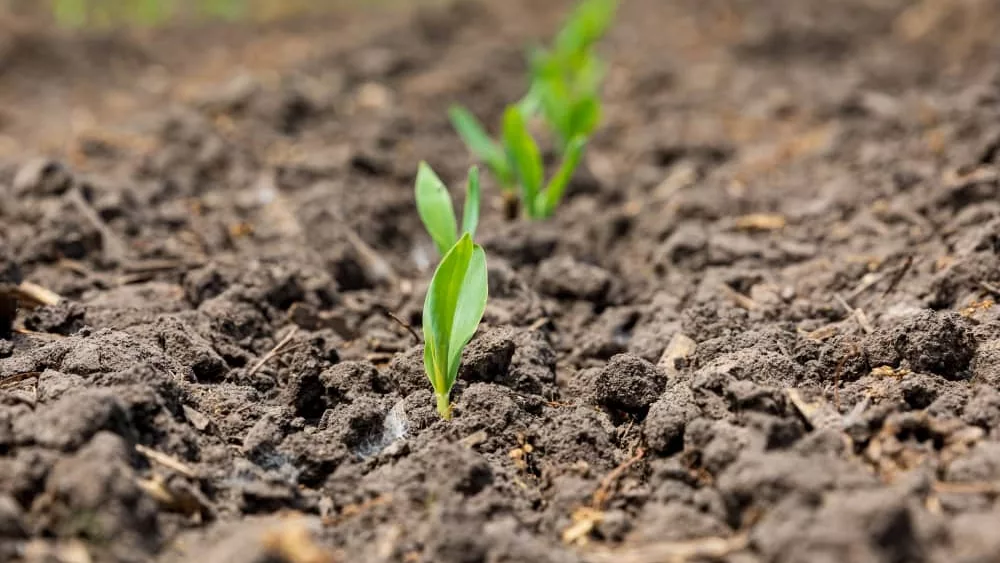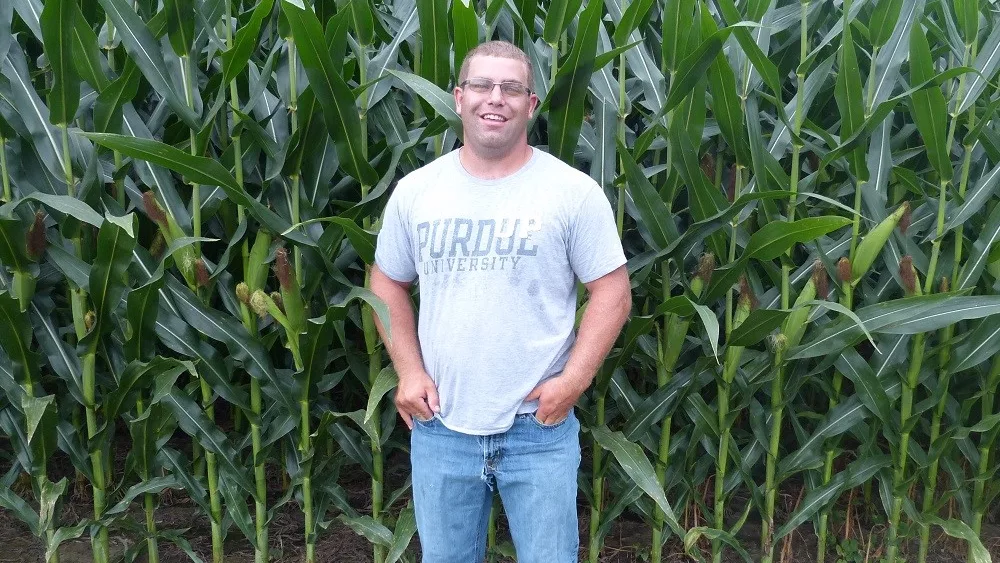In just a few days, we’ll turn the calendar to May. In some cases, farmers don’t have much—or anything planted.
Delk Crosier, Ag Spectrum Maximum Farming Implantation Specialist, says despite the urge to go now, planting conditions must be right, especially given the price of inputs.
“USDA says we’re behind on planting, and we’re going to put out the most expensive crop we’ve ever put out,” he says. “The need for patience to do it right is really significant and important.”
Crosier says farmers need to be patient until cold and wet soil conditions are ready.
“We’ve got these amazing planters nowadays, we can do multiple products, we can put something in the furrow, we can put something beside the row, and variable rate stuff. What we want to make sure that we don’t forget about the very basic, which the number one thing is soil condition. We plant when the conditions are right. Temperature drives the biological side of the soil, so your microbial community is basically still asleep until we get to 60 degrees or above.”
Another issue is moisture. Crosier says wet conditions can lead to compaction, which causes several problems later in the season.
“If we’re not careful, and we don’t keep rooting environment in mind, we can do things like sidewall compaction, at least on a percentage of the field if it’s not ready,” he says. “No matter what product we put, no matter how much money we’ve spent on it, if we put those products on and we can pack the sidewalls because it’s too wet and we shouldn’t be there, then the problem is, first of all you restrict root growth. Second of all, you restrict the ability for that root to get into those products and benefit from them, which in turn takes us right on down to the yield monitor, and then we’re not happy at the end of the year with the results we got.”
Another consideration is planting depth. Less than ideal soil conditions can lead to undesirable planting depth.
“Anytime we’re at an inch and a half or shallower, what happens is, is we can have herbicide impacts, we get that growing point too high in the ground, it dries out later in the summer and we don’t have the rooting environment low enough in the soil profile to carry us through those dry periods,” says Crosier. “All kinds of things that we have to keep in mind. Part of that is easy to overlook and forget when we look at the calendar and say we got to go. And I understand that, but we still have to keep the number one thing in mind and that is routing environment.”
Bottom line, Crosier says, is to make sure conditions are right to get the best rooting environment possible.
“That root and how it has the ability to express itself in the soil profile determines everything, it determines how it comes up, it determines how it grows through rapid growth phase, it determines the stresses that it can fend off during pollination. Ultimately, we’re looking at the grain fill period, we want a nice healthy root system still intact and a plant intact from the time that we hit from brown silk until black layer because that’s our grain fill period of time. And then ultimately, when we run across the field with the combine and the yield monitor, we want the best result for the most amount of money we’ve ever spent on the crop this year.”





